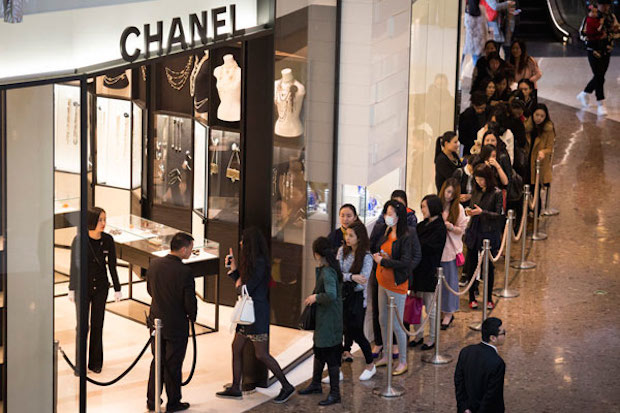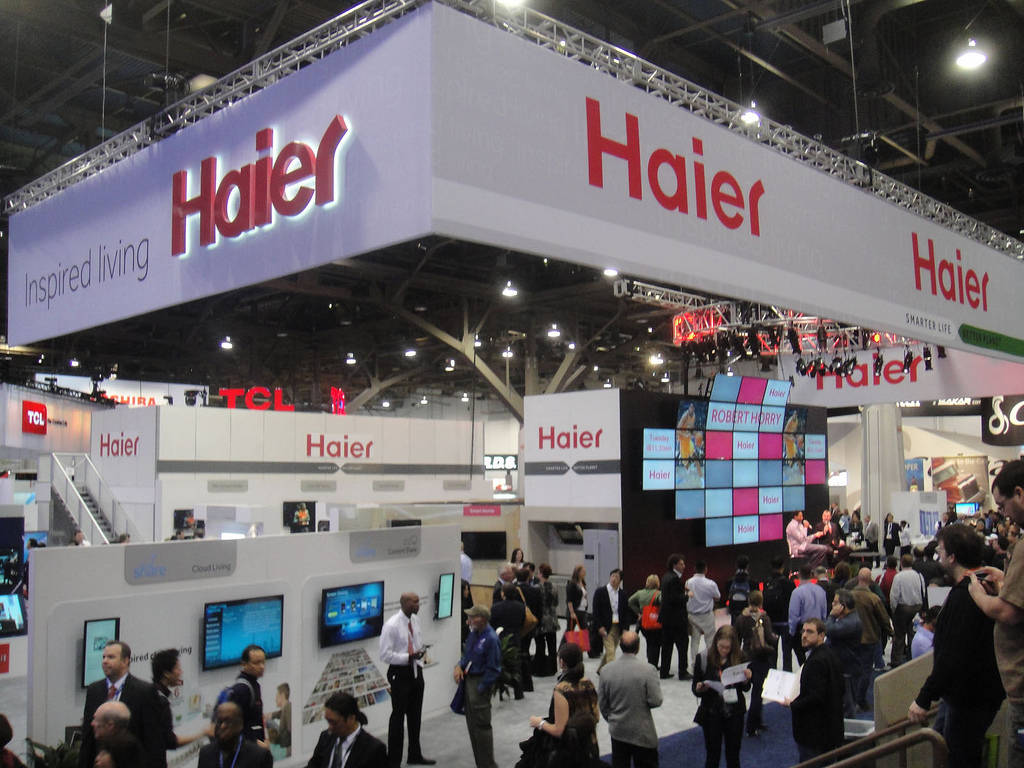Researchers suggest that 90% people across the world make occasional impulse purchases. However, when asked about impulsive buying behaviour approximately 30% to 50% only classify themselves as impulsive. This highlights two interesting issues: (1) consumers’ own understanding of what is impulsive; and (2) the difference between what consumers portray and what they really do. While impulsive buying has been strongly associated with female consumers (especially in the categories of fashion, accessible luxury, and so on), man are not really far behind in this area. Moreover, the communication channels including the electronic channels such as web marketing, email marketing among others provide added impetus for impulsive purchases.
A recent survey of more than 70,000 American consumers representing a wide range of income groups by Taylor Nelson Sofres (TNS), one of the largest market research firms in the world, found an increasing shift from branded products to own-labels. Furthermore, it the survey results also highlighted increasing usage of coupons among the survey’s highest income bracket customers. In an earlier consumer market research focusing specifically on luxury consumption (http://pauravshukla.blogspot.com/2009/02/rise-of-affordable-luxury-consumption.html) we observed similar results where many consumers were moving towards buying affordable luxury.
This poses as significant challenge for companies. Companies like P&G, the world’s largest consumer products company, have already adopted an approach called ‘performance-based value messaging’. This, I believe is due to the nature of most P&G products which belong to Fast Moving Consumer Goods (FMCG) area. This is the area where most consumers make decisions when in the store and therefore the overall behaviour may be highly impulsive. In this recessionary times, P&G has focused on communicating to the frugally minded consumers that it is worth spending more on its products as they perform much better in comparison to own-labels and therefore provide better value overall.
While many academic researchers define impulse buying as a sign of immaturity and lack of behavioural self-control, impulsiveness and resultant impulsive buying is a significant reality of our everyday lives. In recessionary times, we all tend to become more frugal and therefore less impulsive. It is believed that our behaviour becomes more planned when we face economic and financial strains.
However, the above stated notion of reduction in impulsive buying in recessionary times raises interesting questions.
Following are some of the interesting research questions relating to impulsive buying behaviour in recession:
1. Does our impulsive buying behaviour get affected in recession? Do we seriously adopt more planned approach to buying?
2. If the impulsiveness reduces, what sort of reduction is observed?
3. Is the reduction in impulsive purchase behaviour substantial that managers should worry about it?
I am really interested in knowing your views about it. Therefore, could I request you to answer the above three questions from your own perspectives?







